By Rob Calarco
In 1918, as the United States dealt with the Spanish Flu pandemic, cities across the country called on their residents to have a different kind of Halloween. At that time, the holiday was more of an opportunity for adults to have costume parties and for boys and young men to pull pranks and commit vandalism. During the pandemic, cities banned or discouraged these traditions and called on residents to be respectful of those who might be sick or have lost a loved one. Overall people observed these restrictions knowing that what they were doing was for the benefit of the community. The Buffalo Express reported on that year’s Halloween, saying “Hallowe’en revels lack the spirit of previous affairs.”

This year we are again asking Americans to be safe as they celebrate Halloween. COVID-19 is still with us, and while our infection rates do remain low, there is still a risk to us all. That does not mean we cannot celebrate all things spooky this year. We can still find creative ways to enjoy the day and take precautions to minimize potential spread of the virus.
The U.S. Centers for Disease Control and Prevention has characterized traditional trick-or-treating, where treats are handed to children who go door to door, as a high-risk activity. To avoid this risk consider participating in one-way trick-or-treating. This is when individually wrapped goodie bags are lined up for families to grab and go while continuing to social distance. Try to avoid placing large bowls of treats where children have to grab out of the same container. These treats can be placed at the end of a driveway or at the edge of a yard. You can communicate whether you are participating in the festivities by placing a sign on your yard. Also if you are wearing a costume mask, remember that it is not a replacement for a cloth mask. Instead consider incorporating a cloth mask into your costume this year.
If you are looking for a safe outdoor adventure, consider heading over to Southaven County Park in Yaphank, which has been taken over by Gateway’s Haunted Playhouse in partnership with Suffolk County. The Gateway has created a drive-through haunted trail experience called “The Forgotten Road,” which includes sounds and sights outside the car as well as a narrative that can be listened to over your car’s sound system. Additionally the Patchogue-Medford Library is offering a Halloween Story Walk. This is a self-guided quest for the entire family. You can pick up your map at the Children’s Department Information Desk during library hours or print your map and story questions from home at any time to navigate your way through Patchogue Village by following a story. Those who complete the quest will receive a Halloween surprise at the end.
With a different kind of Halloween celebration this year, it is going to take us all working together to keep each other safe. There are plenty of precautions to make sure that we all have fun while not contributing to the spread of COVID-19. By following these easy guidelines and doing more socially distanced activities, we can all do our part and stay safe.
Rob Calarco (D) is the presiding officer of the Suffolk County Legislature.




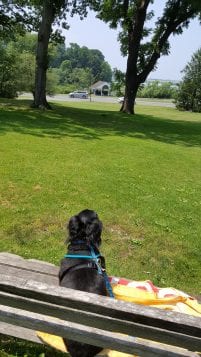
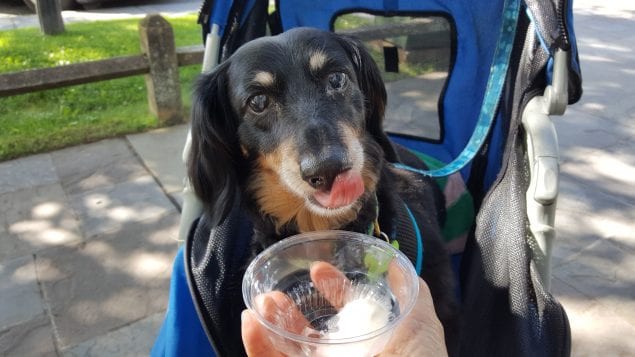

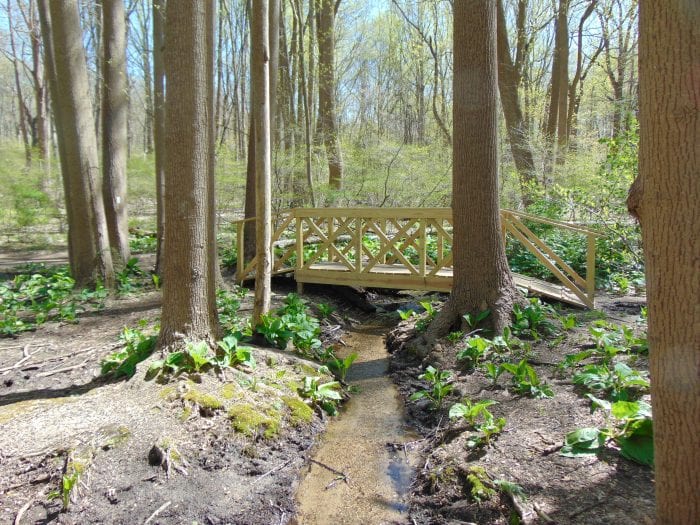
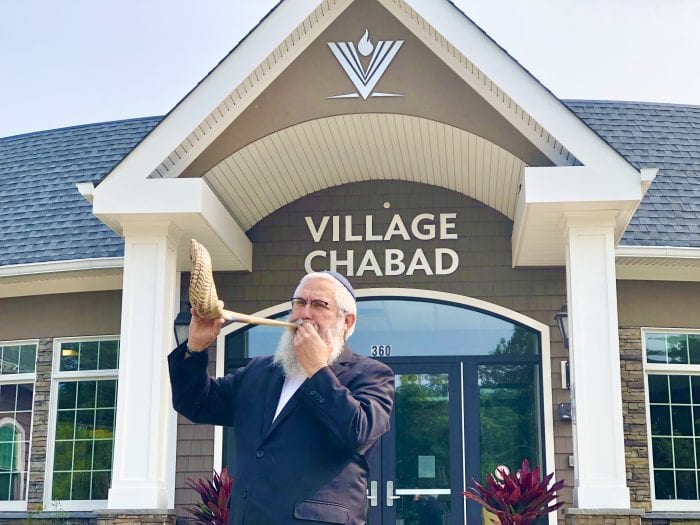
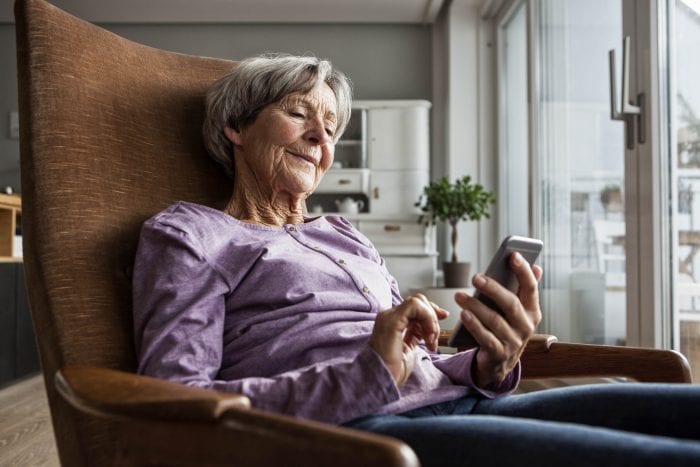
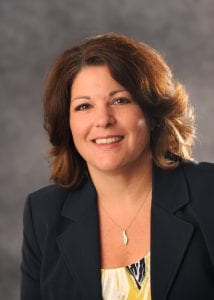
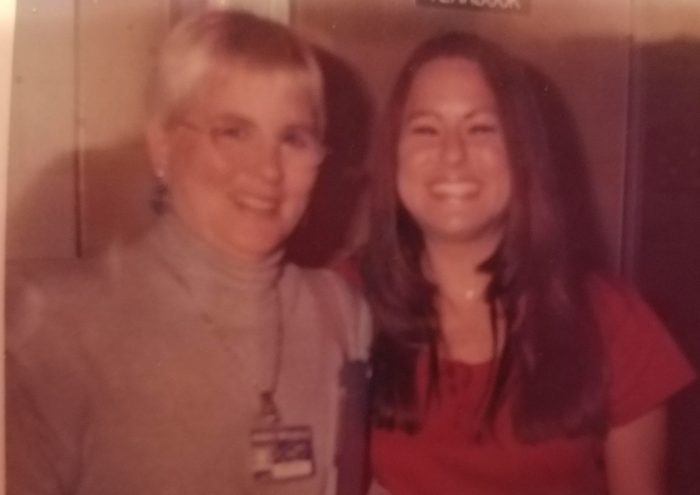



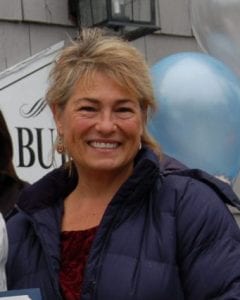

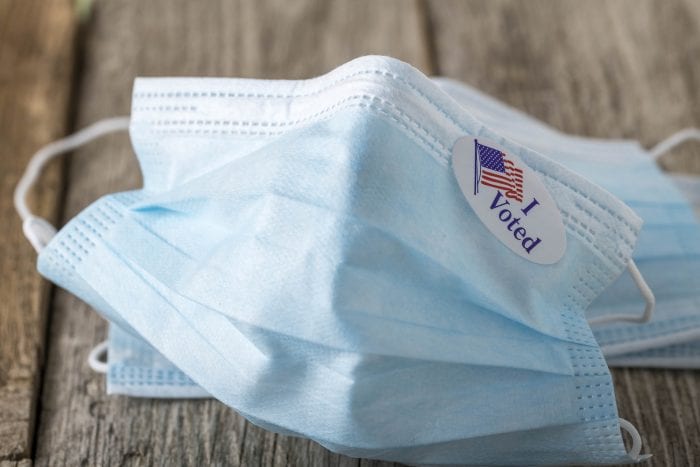
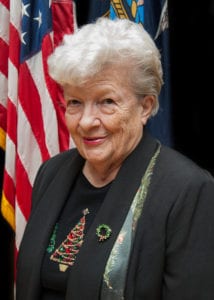 1. Items 1a, 1b,and 1c require the assistance of the Suffolk County Board of Elections. It is suggested that you contact them by email so you spend time on a long phone hold:
1. Items 1a, 1b,and 1c require the assistance of the Suffolk County Board of Elections. It is suggested that you contact them by email so you spend time on a long phone hold:


